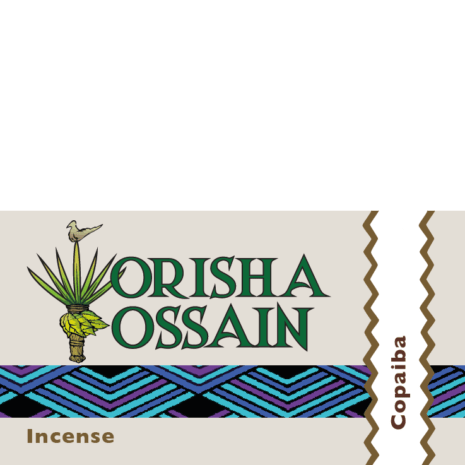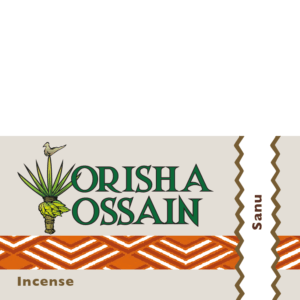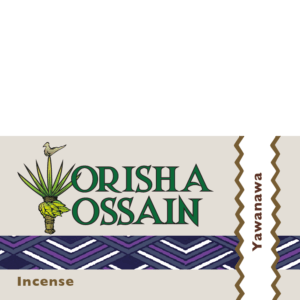Rapé Copaiba
From: $19.73
This is a special page. Here we have two types of Rapé Copaiba. Nukini and another from a Caboclo friend from Minas Gerais. This is a relatively rare Rapé. There are just a few people I know who make it and probably here is the only place you will find it outside Brazil.
Rapé Copaiba
Rapé Copaiba is a Rapé type that uses various parts of the Copaifera Officinalis tree. Depending on the makers you will find pulverized copaiba leaf, and or copaiba bark ash.
The Nukini Copaiba has Copaiba bark ash. For the Caboclo Copaiba pulverized leaves are added, which are more “oily” & aromatic. For the Kuntanawa variety, I have no further information.
The Nukini Tribe
The Nukini belong to the Pano linguistic family and are about only 750 members. The tribe suffered severely during the era of latex production and afterward. The Nukini lost A huge part of their culture, including their language. almost the entire ethnic group disappeared (Aguiar 2012). Due to this decline in members, many Nukini people had to mingle with members of other ethnicities in order to survive.
Exploitation and violence that started with the rubber industry, have turned into drug traffickers, loggers, and hunters that still pose a threat to this tribe. Despite all these challenges that the Nukini people had to face, at the present time.
The Nukini have a stable socio-economic situation and pursue economic activities like fishing and hunting, while there are also many nutritious plants, like mango, soursop, coconut, cashew, and jackfruit. And also pineapple, lemon, Barbados cherry, guava, avocado, pupunha, cupuaçu, and papaya nourishes the tribe. Yet the Nukini managed to survive by mingling with other groups and tribes. They build a strong socio-economic structure that enables them to be in close connection with nature that surrounds and feeds them.
Would you like to know more about the Amazon indigenous tribes? Have a look at this interesting website
Tepi and Kuripe
Have a look at the collection of Tepi and Kuripe. Various styles from different artists are available.  Tepis receiving blessings from their creators
Tepis receiving blessings from their creators
Handling & Sorting
I sieve this rapé Copaiba and all other snuff coming from my shop through a 120-micron high-grade stainless steel mesh. I also store the Rapé stock dry and in vacuum containers to prolong freshness and quality.
This results in.
- an extremely fine powder.
- a guaranteed consistent fineness
- optimal absorption of the snuff






